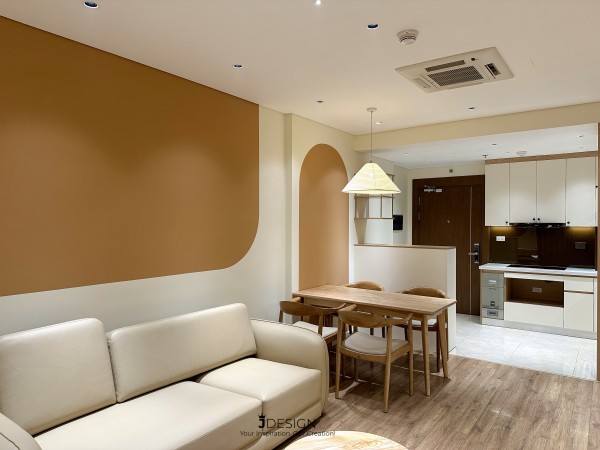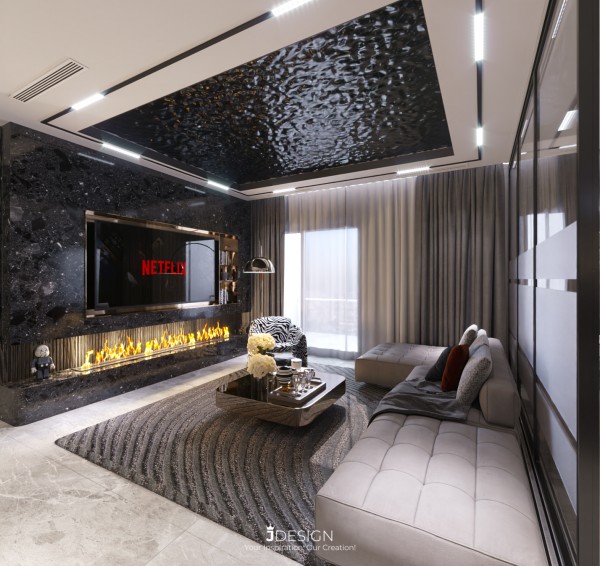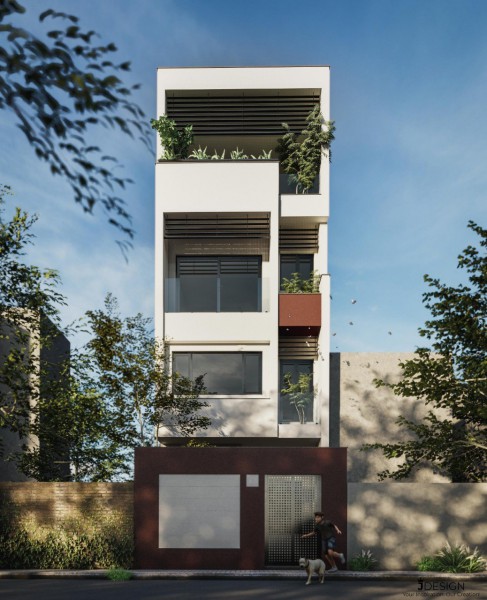NECESSARY BASIC FIRE PREVENTION NOTES
From ancient times until now, fire has been ranked second among the four dangers of social life: "Water, Fire, Tao, Thieves". It can be said that there are few accidents that cause great loss of life and property like fires. It is not only a taboo for businesses, families, and houses, but also a general problem for the entire society. In the context of the country constantly innovating and developing, fire prevention and fighting methods are increasingly upgraded and developed, requiring each of us to equip ourselves with basic essential knowledge. about Fire Prevention & Fighting. Along with that, in today's urban areas, the appearance of high-rise buildings, commercial centers, or even large-scale factories and enterprises in surrounding areas is increasingly increasing. too much... the risk of fire and explosion is very high. Therefore, through the article below, let's join JDesign ., Co LTD to learn about "NECESSARY BASIC FIRE PREVENTION NOTES"
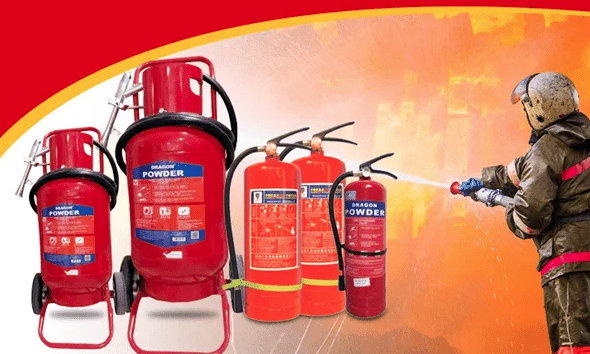
I. Current causes of fires and explosions:
To limit accidents caused by fires and explosions, we need to find out what causes them and understand the basic knowledge about it. From there, we can find the most effective measures to prevent it safely. Some basic causes can include:
- For production business households, offices, factories:
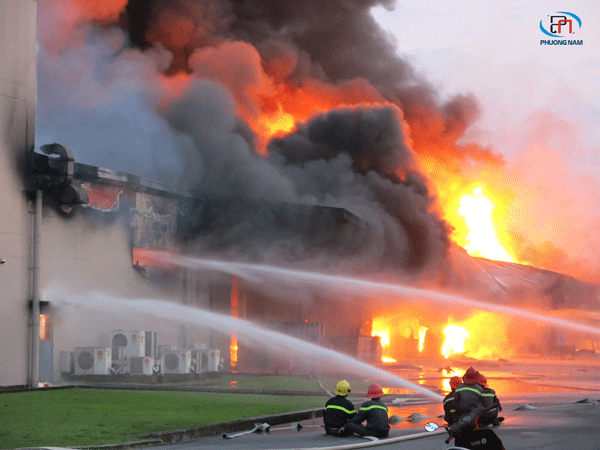
- Fire due to high temperature, strong enough to burn some substances such as matches, shavings, wood, when welding, welding, etc.
- Causes of spontaneous combustion: pine wood 250, paper 184, chemical fiber fabric 180,...
- Fires and explosions in industry or the use of high-temperature equipment such as incinerators, furnaces, flammable gas pipelines, and flammable fuel tanks that encounter fire or electric sparks can cause fires and explosions.
- Businesses that sell flammable goods and arrange bulky goods near places that can easily catch fire
- Due to the subjectivity of some business owners, offices and companies, they are not fully equipped with equipment and do not comply with fire safety standards.
…
- For families and houses:
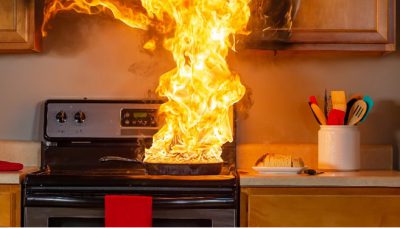
- Fires caused by cooking, especially in high-rise buildings and apartments.
- Fire is caused by chemicals or chemical reactions: certain substances, when interacting with each other, will cause fire.
- Electrical fire: when the insulator is damaged, due to overload or short circuit, the electric current increases causing heating of the wire, due to electric arc generated when the circuit breaker is closed, fuse burns, circuit contact, ...
- Fire due to radiation: Sun rays when exposed to burning mixtures, sunlight shining through convex glass panels can converge heat to create a fire source.
- Fire caused by lightning strike, lightning spark.
- Fire due to sudden pressure changes: this case is more likely to cause an explosion than a fire. When cold water is poured into molten metal, it causes an explosion. Because when cold water encounters high temperatures, it will evaporate, immediately increasing the pressure, causing an explosion
- Physical explosion: is a case of explosion due to increased pressure in a volume and the container shell cannot withstand that pressure so it explodes.
- Chemical explosion: is an explosion caused by extremely rapid fire (gunpowder, bombs, bullets, mines, ...)
…
II. Objectives of fire prevention and fighting:
- For companies, manufacturing businesses, and offices: Minimize risks and maximize damage to property and human lives. Enhance the role and responsibility of fire prevention and fighting and equip essential knowledge such as: maintenance and maintenance of equipment at companies, offices, factories, factories, etc.
- For households: Prevent and minimize the occurrence of fires and explosions. Detect the causes of fires and explosions to avoid bad situations that cause damage to people and property,...
- For the fire prevention and fighting police force: Ensuring good propaganda and social security roles. Disseminate fire prevention and fighting knowledge to the people, review compliance with fire prevention and fighting regulations in the locality, management area, and handle fires quickly, promptly and effectively.
III. Basic measures for fire prevention and fighting:
To prevent fire, we have two most effective methods: active and passive fire prevention.
A. Fire prevention in a proactive state:
Currently, modern buildings and apartments have very high requirements in ensuring fire safety. So, below are a few proactive methods that we need to understand:
1. Install automatic fire alarm system:
This system is designed to warn us in case of an emergency and can easily detect it promptly and provide solutions to protect ourselves, our families and everyone.
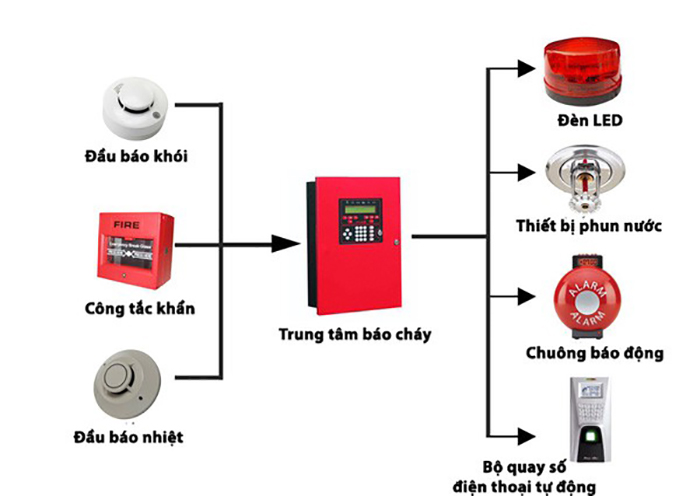
Including 2 mechanisms: Protection mechanism and warning mechanism:
+) Protection mechanism: To detect fires, smoke, and toxic gas leaks
+) Warning mechanism: Such as siren, flashing lights, emergency calls.
An automatic fire alarm system includes three main components: Input sensor, fire alarm center, and output warning device.
The central fire alarm cabinet is designed in the form of a cabinet, has a backup battery and has phone SIM modules for emergency dialing.
.jpg)
+) Sensors and input devices: is a system of detectors that detect fires or smoke. Includes smoke detectors, heat detectors, gas, carbon monoxide and emergency push buttons. The sensor probes will be wired to the fire alarm center.
+) Fire alarm center (central processor): receives, analyzes and processes signals sent from sensor probes.
+) Output devices: are fire alarm devices such as sirens, speakers, emergency phone dialers.
The operating principle of the automatic fire alarm system is: When sensors detect a fire, increased temperature, smoke or toxic gas,... immediately send a signal to the central fire alarm panel. When the central fire alarm panel receives a fire alarm signal from the detector or emergency button, it will send a signal to the emergency alarm device, siren, lights and activate the fire sprinkler devices.
.jpg)
.jpg)
Automatic fire alarm systems are divided into 4 main types:
+) Conventional fire alarm system
+) Addressable fire alarm system
+) Smart fire alarm system
+) Wireless fire alarm system
2. Installing a family fire protection system:
Prioritize the installation of fire protection systems and know how to use them, ensuring good fire fighting when an incident occurs.
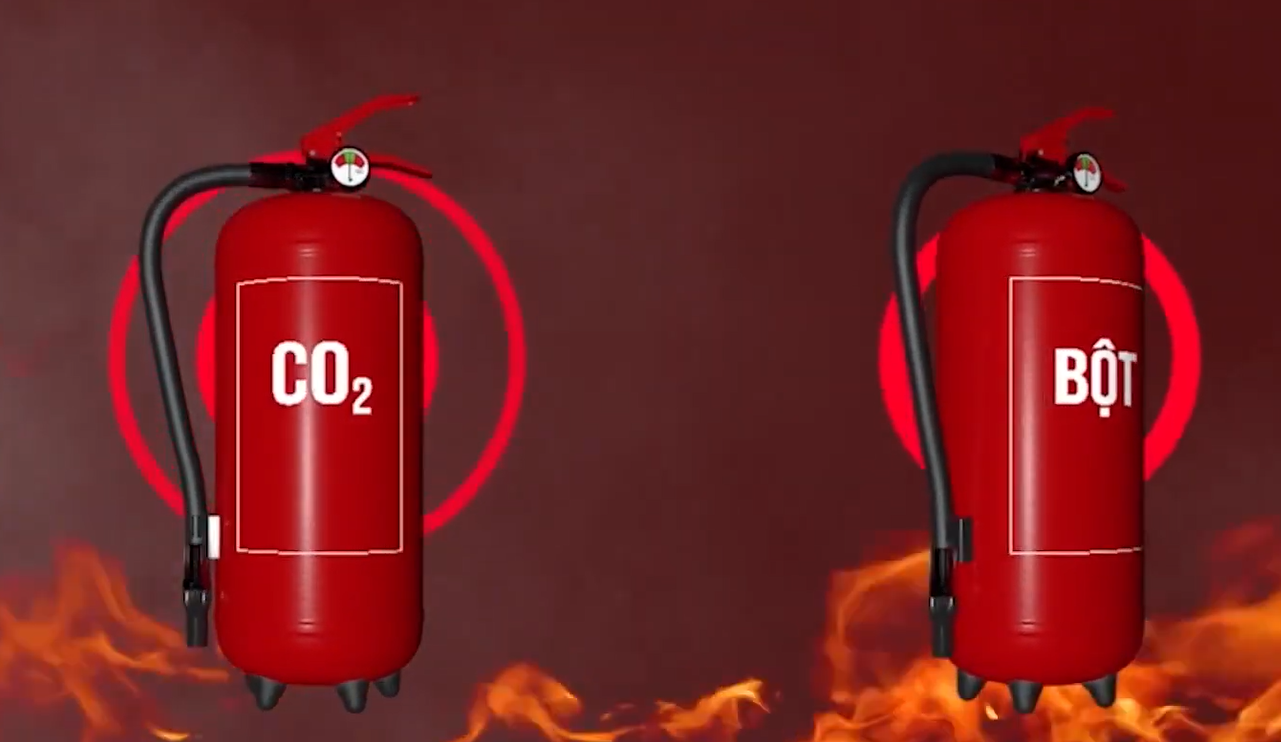
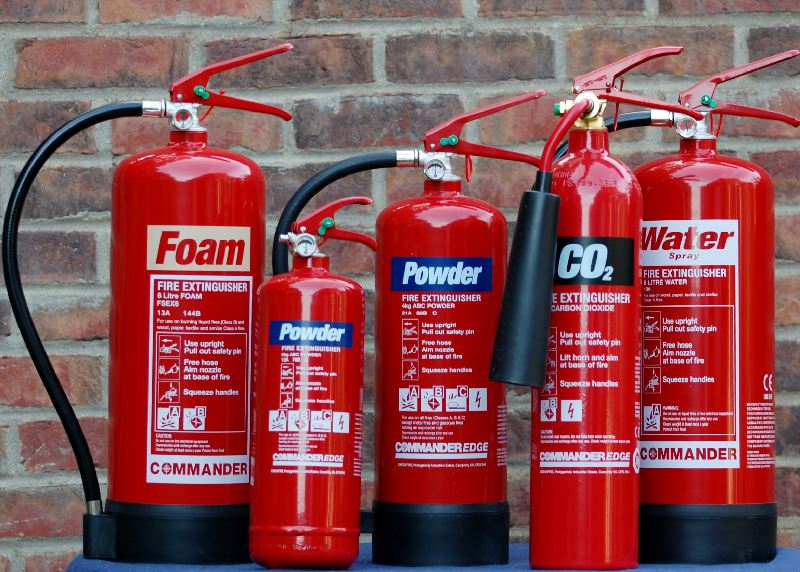
Basic fire extinguishers include two types: CO2 gas fire extinguishers and powder fire extinguishers. Powder fire extinguishers are very diverse, there are many different types used to extinguish fire materials with different properties. Specifically:
+ A – solid fire fighting
+ B – extinguishing liquid fires
+ C – extinguishing gas fires
+ D or E – fighting electrical fires.
If the extinguisher is labeled ABC, it means that the fire extinguisher can extinguish 3 types of flammable substances: solid, liquid, and gas. If the tank is labeled BC, it can only extinguish liquids and gases.
The quick way to distinguish these two types of fire extinguishers is based on the following characteristics: Powder fire extinguishers have a pressure gauge, while CO2 fire extinguishers do not have a pressure gauge.
You can rely on the parameters recorded on the fire extinguisher to quickly distinguish:
+ The powder jar will have the symbols MFZ, MFZL or BC, ABC
+ CO2 fire extinguishers will have the symbol MT or CO2.
How to use and fire extinguishing principle of CO2 tank: When a fire occurs, carry the CO2 tank and approach the fire, with one hand holding the nozzle and aiming at the base of the fire at least 0.5m while the other hand opens the tank valve or pulls the trigger. CO2 gas at a temperature of –790C in the form of cold snow when sprayed through the speaker has the effect of lowering the temperature of the fire. Then CO2 gas covers the entire surface of the fire, reducing the concentration of oxygen diffusing into the fire area. When the oxygen content is less than 140/0, the fire will go out.
Note when using and preserving the CO2 tank: Do not spray CO2 gas on yourself because it will cause cold burns. When spraying, you must hold the spray speaker in your hand. correct handle position.
.jpg)
How to use and extinguish fire extinguisher principles: When a fire occurs, bring the extinguisher close to the fire, turn the extinguisher up and down about 3-4 times, then put the extinguisher down, pull out the safety pin, and hold the nozzle in the left hand. Entering the fire, right hand presses the trigger, spraying powder at the base of the fire.
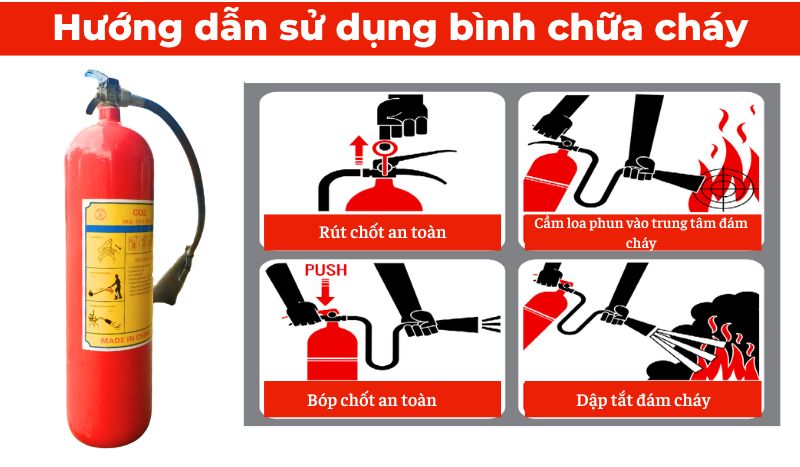
In addition to the above two types, there is also a ceiling-mounted powder fire extinguisher. It is capable of automatically extinguishing fires within a range of 3 meters. The bottle is spherical in shape. If sprayed on the body, it will not cause major health effects. This flask can extinguish most fires caused by gasoline, chemicals, fire or electricity.
Principle of operation and use: When the ambient temperature is from 20 to 45 degrees Celsius, the fire extinguisher is in normal state, it will automatically spray powder when the surrounding temperature suddenly increases beyond 60°C. The nozzle of the fire extinguisher will spray powder and gas in a diameter of about 3m to extinguish the surrounding fire. Working pressure is 12 bar, discharge time is 10 seconds to 12 seconds.
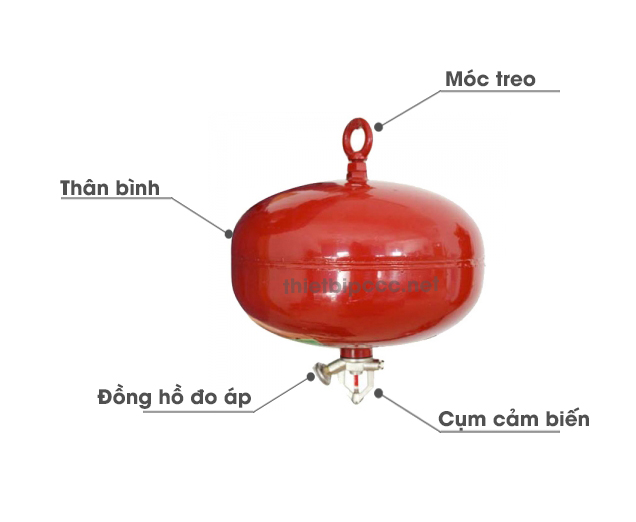
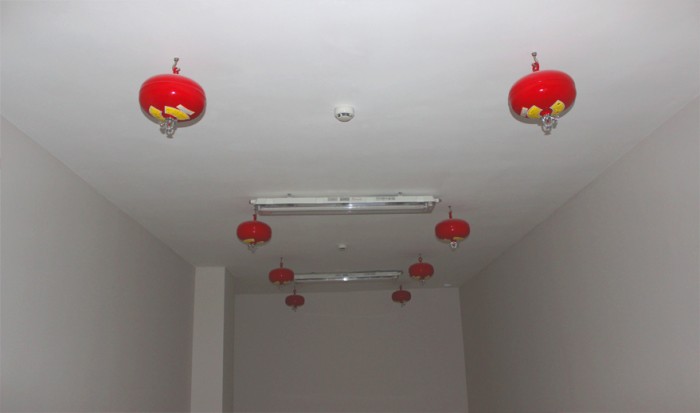
3. Check the electrical system and fix any damage (if any):
Devices that are at risk of causing short circuits and damaged casing conductors must be replaced to ensure safety. Priority is given to installing an electrical system with an automatic circuit breaker to prevent leakage. Choose good quality wires and equipment with clear origin.
.jpg)
4. Equip yourself with an anti-toxic smoke mask:
Most human deaths are due to smoke inhalation, not heat. Therefore, equip each family member with an anti-toxic mask.
.jpg)
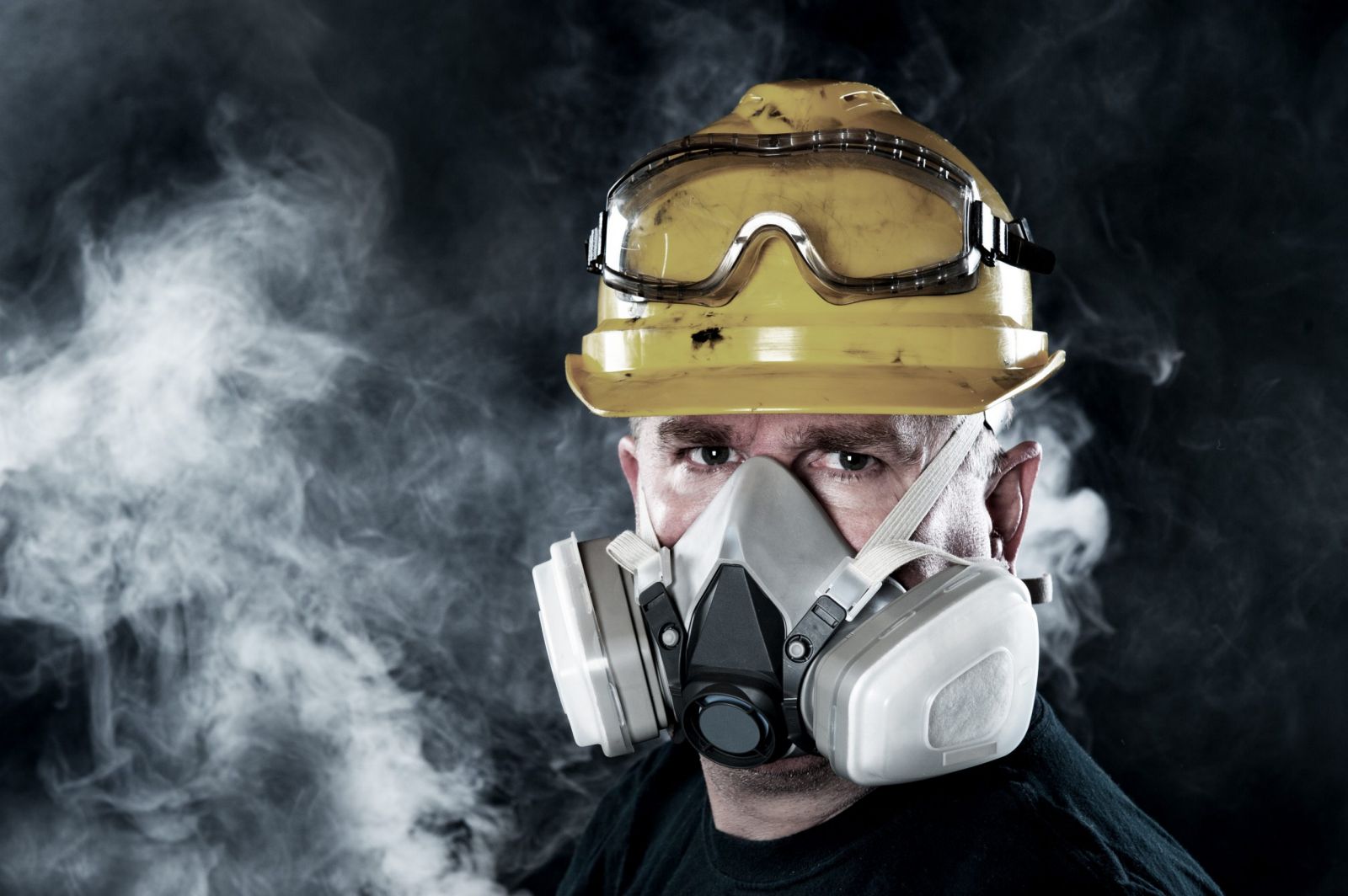
5. Regularly check gas stove and induction stove systems:
Check and maintain gas stoves regularly, replace cracked or damaged gas pipes. Lock the stove and do not place cooking equipment on the glass surface of the induction cooker after you have finished using it.
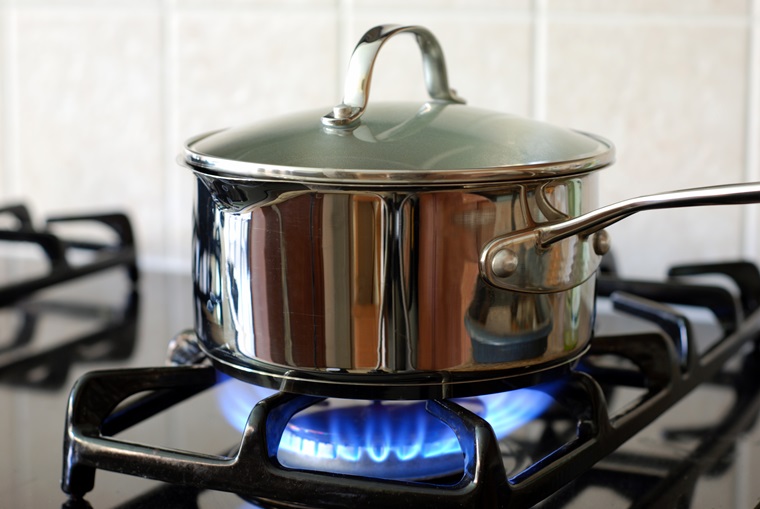
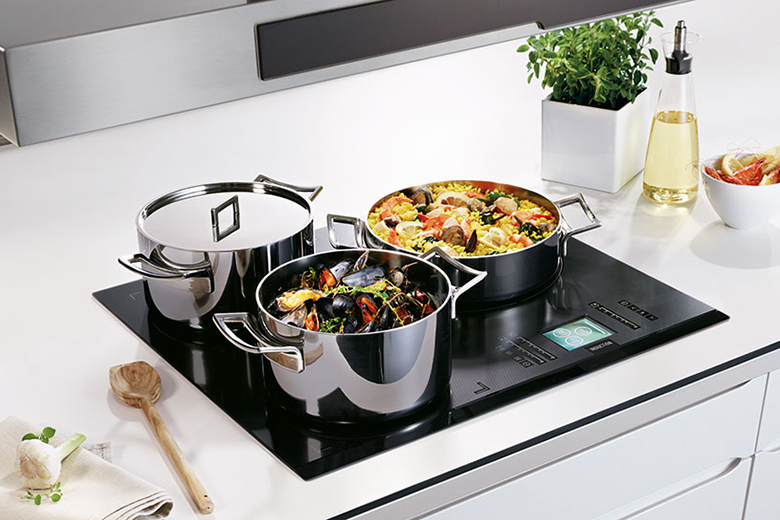
6. Preserving and arranging household items:
Arrange neatly and according to regulations, do not encroach on emergency exits. Do not store gasoline, oil, or alcohol in large quantities in the house when not necessary.
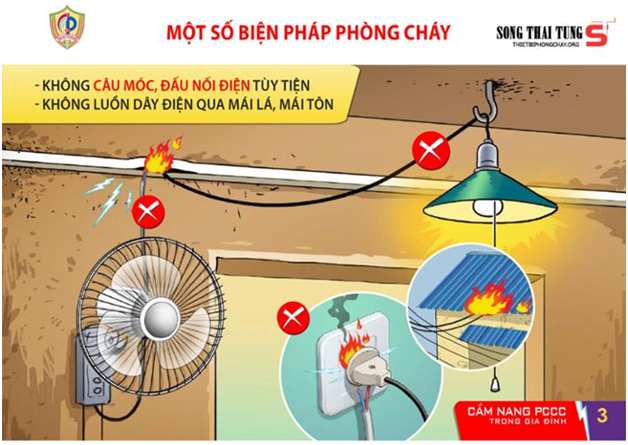

7. Check where utensils and goods are kept:
Household appliances or flammable materials must be far away from cooking places and other heat sources, especially for manufacturing businesses.
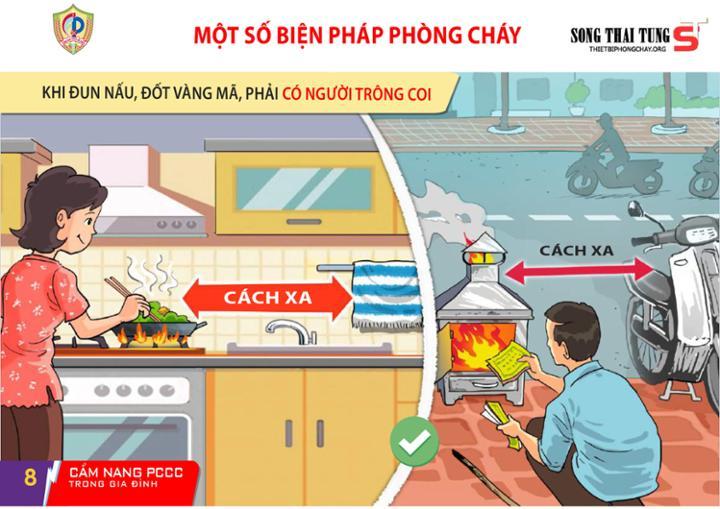
8. Be well equipped with knowledge about fire prevention and fighting:
People should participate in local fire prevention skills training sessions to fully equip themselves with fire prevention knowledge to ensure safety for themselves, their families and everyone.
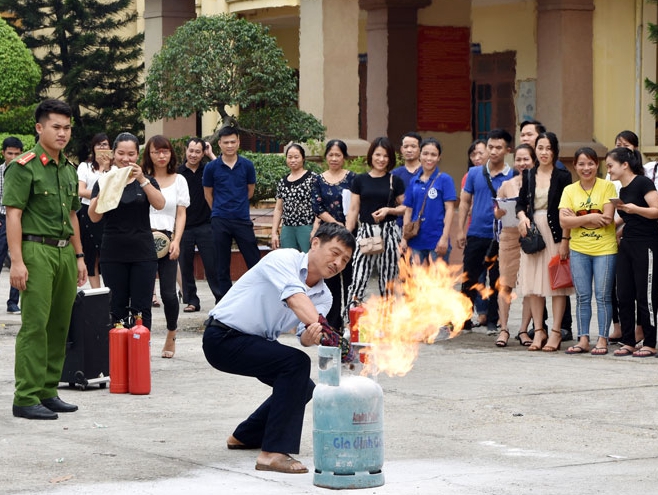
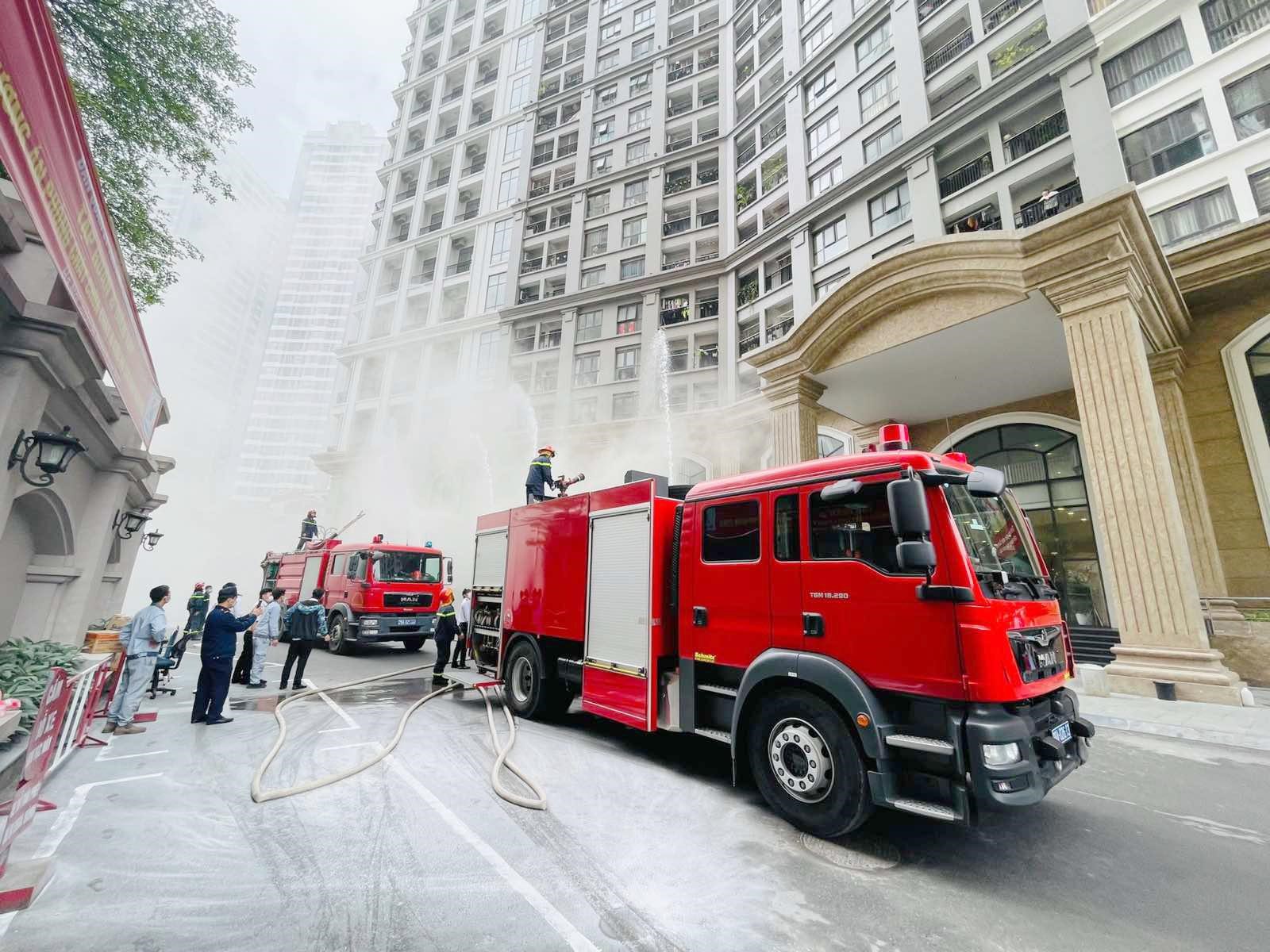
II. Fire prevention in passive state:
This is a very simple fire escape method and anyone can do it well. If you understand it well, you will minimize great damage to yourself and your family.
1. Stay calm when there is a fire:
When a fire or fire occurs, the most important thing is not to lose your temper. Consider where the fire source is, find the safest way to extinguish and escape. Losing your temper and panicking will easily lead to extinguishing the fire incorrectly or running around each other, causing smoke inhalation. .

2. Shout when there is a fire:
When detecting a fire incident, shout verbally or use alarm means.
3. Turn off the circuit breaker in case of fire or explosion and fight the fire:
Use fire extinguisher, sand, water,... to put out the fire. If you consider that the fire has a high risk of developing and cannot be extinguished with current means, you must find every way to escape outside and call the fire prevention and fighting force at phone number 114. .
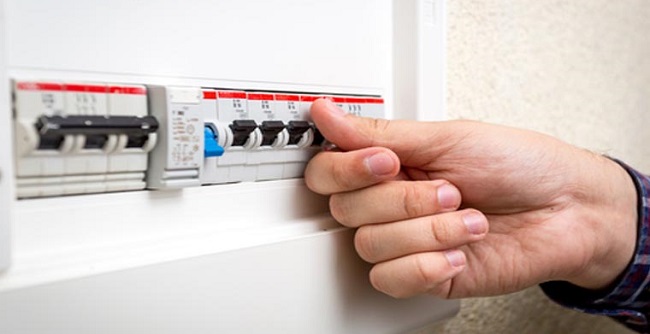
4. Find ways to avoid toxic smoke when you can't escape:
The toxic smoke is dense and the pressure in a closed house will increase very quickly, so you must immediately open the doors in the direction where there is no fire to reduce the pressure. Do not open the door in the direction of the fire and the smoke will enter the room.
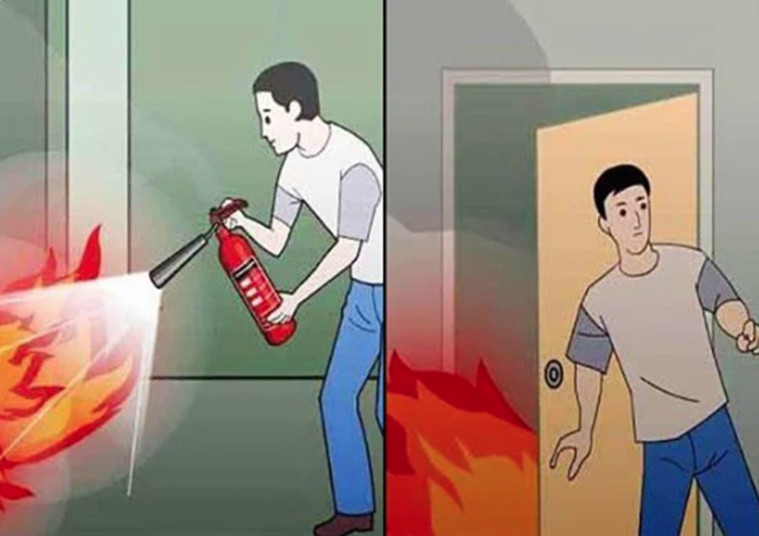
5. Escape and avoid suffocation:
If there is a fire in the apartment building, take emergency measures to avoid smoke inhalation such as finding the fire escape and whether it is contaminated with smoke or not. If there is no smoke, calm down, do not jostle or push, move to the balcony area, absolutely do not enter the toilet, the escape rate is very low because it is closed. If there is smoke along the balcony, wear a mask or if there is a rope ladder, use a rope ladder.
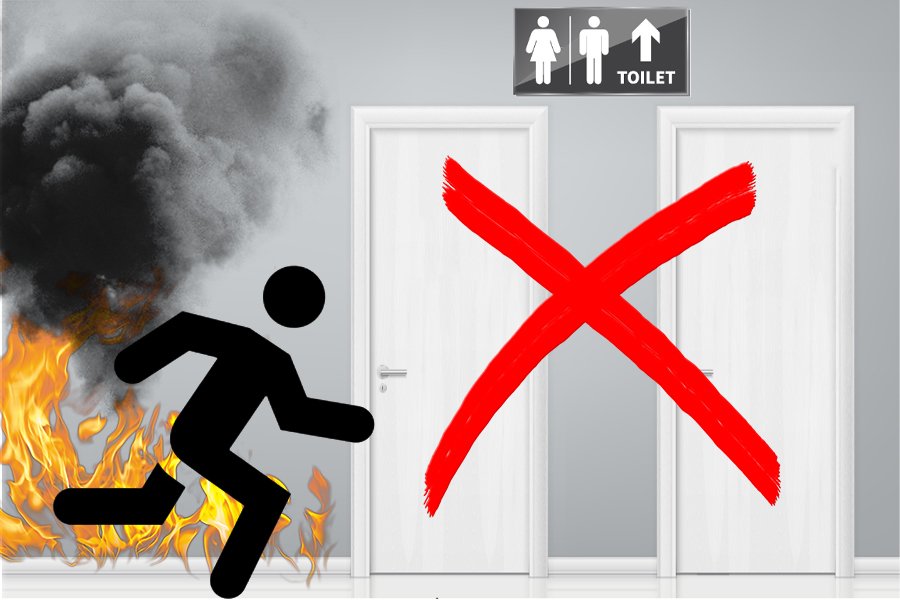
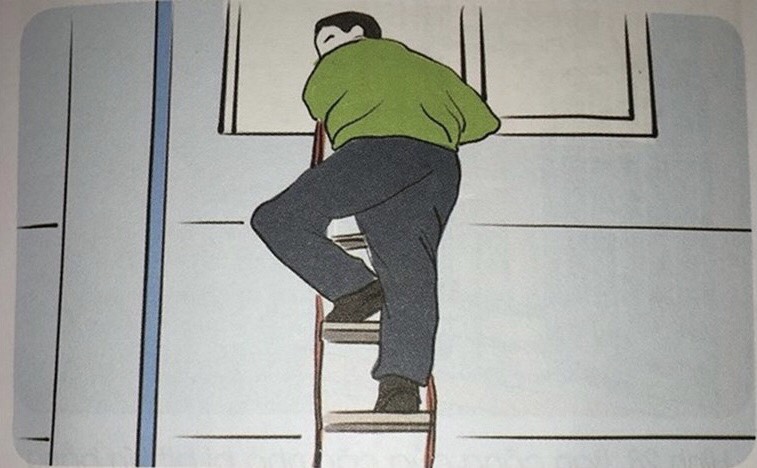
6. Skills to protect yourself when you cannot escape:
If the fire escape or hallway is heavily contaminated with smoke, close the door inside the house, use tape or wet towels to tape the door slots so that smoke cannot get in. Hold a flashlight as a signal to signal for help when the fire truck arrives.
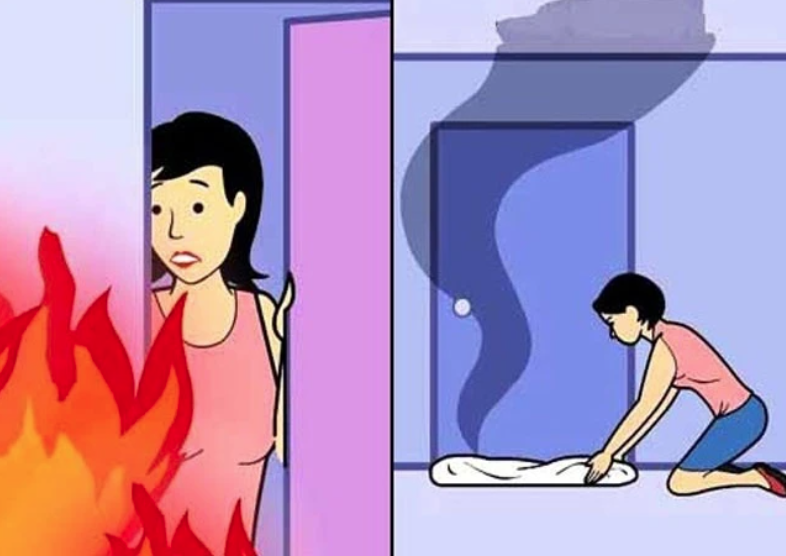
7. Always keep your body in a low position when moving:
The reason is that toxic smoke from a fire is usually lighter than air so it will rise high and oxygen will lie low near the floor. If you see smoke in your home, keep yourself low to the floor when looking for an escape route. If there is smoke while you are on your way out, staying low means crawling under the smoke. You can crouch low to the floor, and crawl on your hands and knees under the smoke.
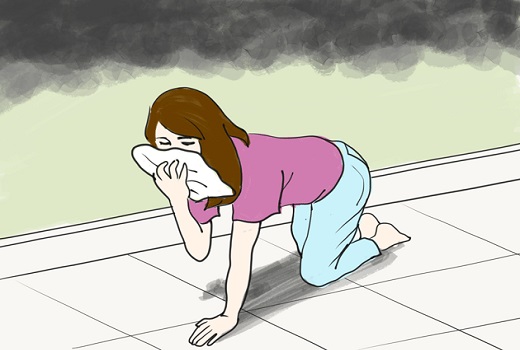

8. Contact a professional fire protection unit immediately for support:
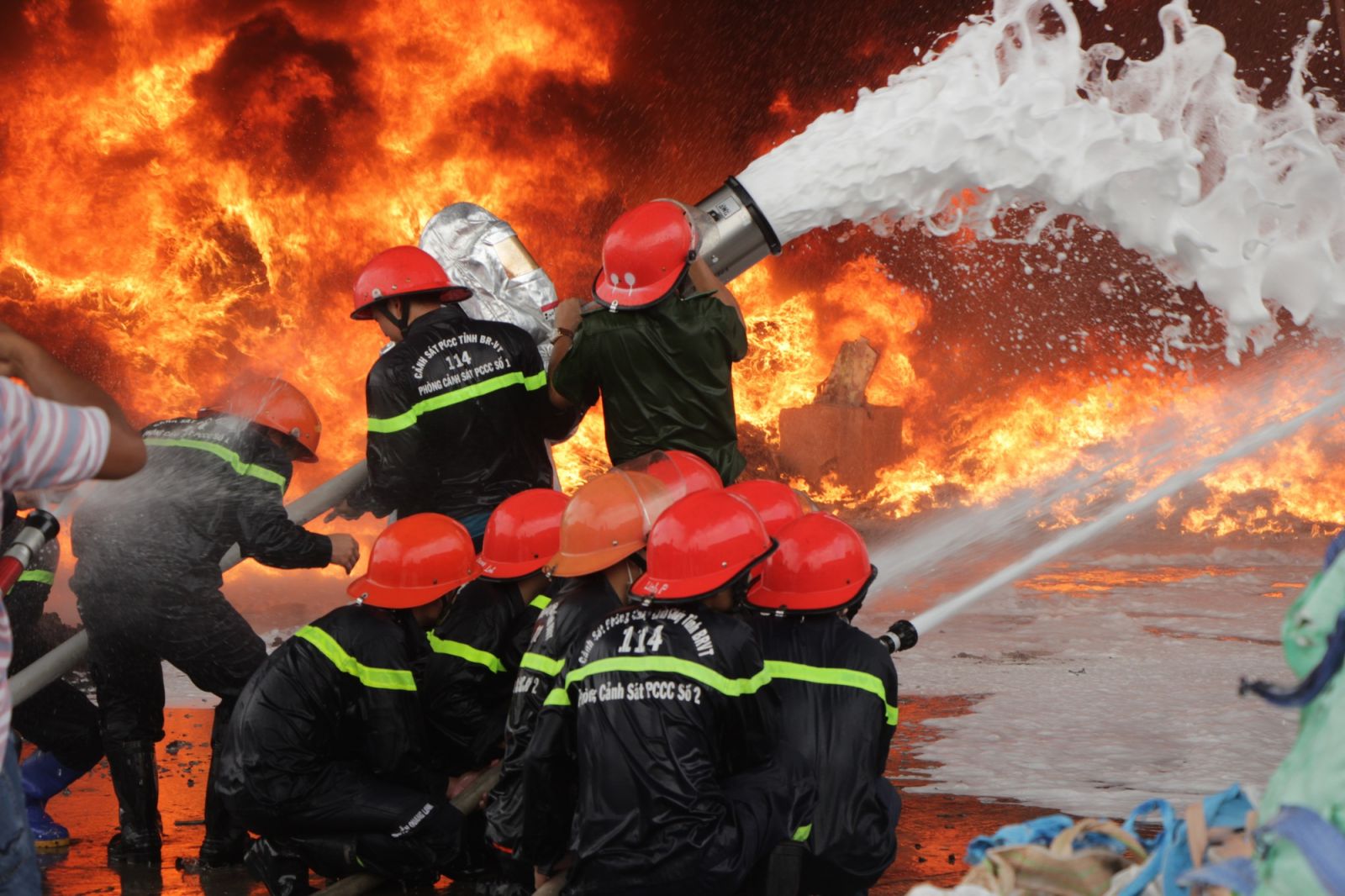
If the fire is considered too large and cannot be overcome by yourself. Quickly call 114 to notify the Fire Prevention and Fighting Police force. When calling to report a fire, pay attention to the following:
- How to dial the number: Callers can use a mobile phone or landline phone to call for a fire alarm. How to dial the phone (area code +114) or dial 114 directly.
- Content: Specific and clear announcement of the address where the fire occurred, the type of building where the fire is occurring (high-rise building, apartment building...) and preliminary scale of the fire. In particular, information must be provided whether there are victims in the fire or not.
.jpg)
Fire prevention and fighting are things that need to be done and prepared in advance because fires often come unexpectedly and leave extremely unpredictable consequences that are difficult to overcome. Therefore, to ensure the risk of fire and explosion, prevention is considered a key factor. Above are some shares from JDesign about basic fire prevention methods. Hopefully you will equip yourself with full knowledge and understand how to prevent and fight fires to keep yourself, your family and everyone safe.
JDesign Co., LTD is proud of being a professional Interior Design and Construction Company. We are confident to always bring to our customers the complete Interior Design and Construction solution with the best designs and the latest trends, besides the quality of completing the Project with the most reasonable time. with the most economic cost, always accompanied by the condition of product maintenance support during and after the best project handover time to customers!
------------------------------------------------------
JDesign Co., LTD - PROVIDE PACKAGE SOLUTION RELATED TO INTERIOR DESIGN AND CONSTRUCTION!
Contact us now to schedule a Free Consultation/Survey/Quote!
Product warranty up to 03 years – Commitment to product maintenance for life!
For more details please contact:
- Email: contact.jdesignvn@gmail.com
- Tel: (+84) 866.648.298
- Website: https://j-design.vn/
- Fanpage: https://www.facebook.com/jdesignvn
- Corporate Office: 03/50 Nguy Nhu Kon Tum, Nhan Chinh, Thanh Xuan, Ha Noi
JDesign - Your Inspiration. Our Creation!
#jdesignvn #interior #interiordesign #interiordecor #fire protectionandprevention

























